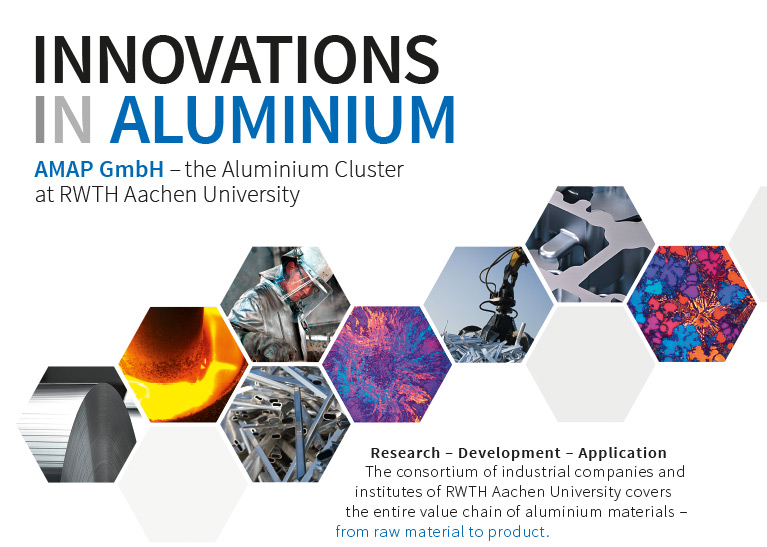Hollow structural Al-castings in HPDC
Background
Weight reduction has become a main key to decrease fuel consumption and the emission of passenger cars. Mainly powertrain’s weight reduction was in the focus of foundry engineers in the last decades. However, the passenger car’s body-in-white (BIW), mainly made of steel, contributes with a ratio of up to 20 % significantly to the car’s curb weight offering a large weight reduction potential. In this context hollow structural HPDC Al-castings are promising components. Nevertheless, it is not state of the art to produce large and complex, hollow aluminum structural components (SC) by HPDC and to join them to the remaining steel BIW; mainly due to missing design, core technology and process know-how for mass production.
Motivation
The overall motivation of this three-year project is the substitution of welded sheet components (e.g. ‘torque box’) by a hollow HPDC Al-SC exhibiting an increased stiffness and function integration at a lower unit weight in comparison to the conventional steel approach. Besides the resulting decreased fuel consumption the integration of this type of lightweight component in the passenger car’s BIW will lead to increased driving dynamics and performance without loss of safety.
To achieve our main objective we focus within the project consortium (Figure 1) on the following main research questions:
- How to design a crash-relevant HPDC Al-SC for its cost-effective integration in passenger car‘s BIW (Figure 2)?
- How to adapt the HPDC process to produce complex, high quality salt cores?
- How can the production of salt cores by HPDC be simulated to optimize their quality?
- How to adapt the HPDC process to use large salt cores and to achieve max. Al-SC quality?
Which is the most suitable joining process and how is its optimal parameter setting to join complex, ‘salt core-influenced’ hollow, HPDC Al-SC in passenger car’s BIW?
Background
Weight reduction has become a main key to decrease fuel consumption and the emission of passenger cars. Mainly powertrain’s weight reduction was in the focus of foundry engineers in the last decades. However, the passenger car’s body-in-white (BIW), mainly made of steel, contributes with a ratio of up to 20 % significantly to the car’s curb weight offering a large weight reduction potential. In this context hollow structural HPDC Al-castings are promising components. Nevertheless, it is not state of the art to produce large and complex, hollow aluminum structural components (SC) by HPDC and to join them to the remaining steel BIW; mainly due to missing design, core technology and process know-how for mass production.




